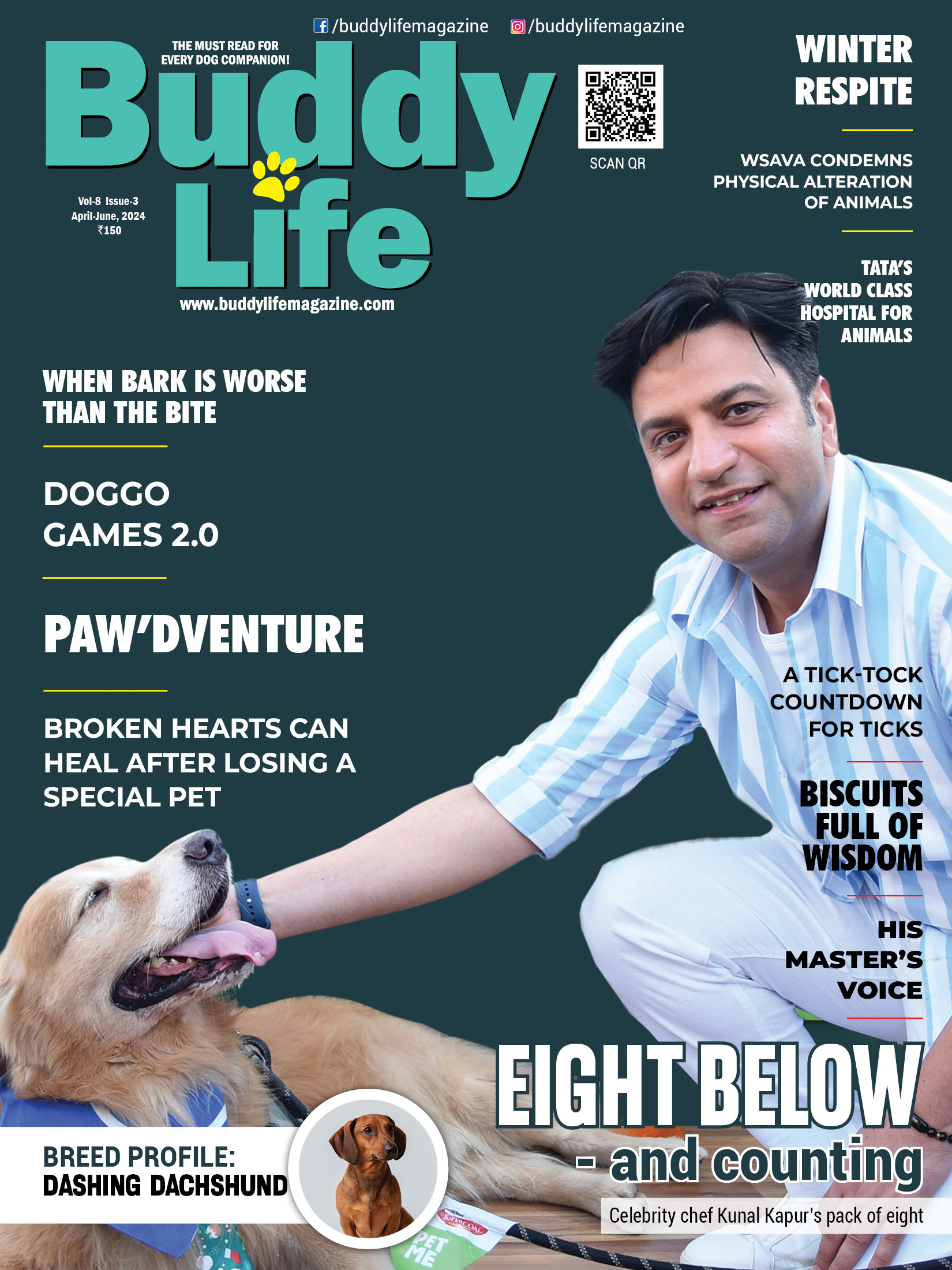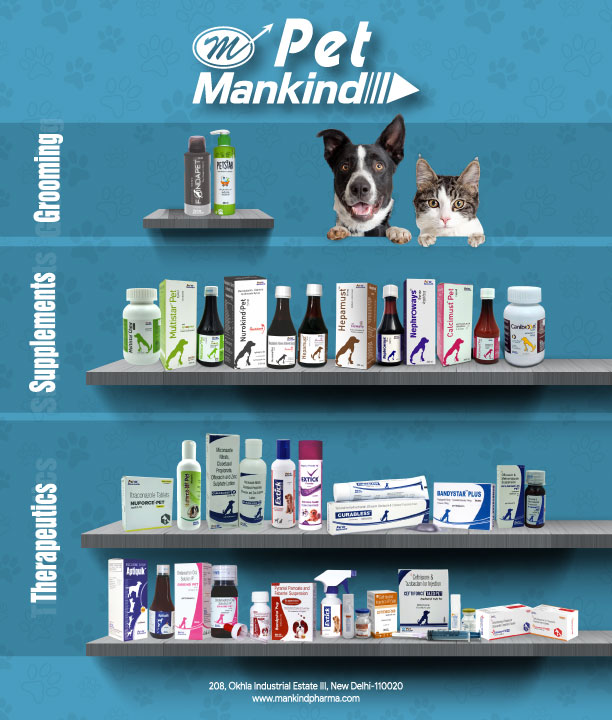
Most of the people adored cute traits in their pets which are unhealthy.
London, September 1, 2019: In recent years many in the veterinary community have decried the increasing popularity of brachycephalic breeds, which are adored for the “cute” traits that actually make these dogs extremely unhealthy. The truth is that the snub noses, “smiling” mouths and bulging eyes of these breeds make them look friendly and happy, when in fact these dogs are often straining to breathe.
In a recent study in PLoS One, researchers tried to quantify exactly how owners of these dogs may be deluding themselves about their pets’ health. Their conclusion? These owners likely do not understand or appreciate the seriousness of their dog breed’s conformational problems and necessary surgeries.
With 2,168 responses from the U.K., the U.S. and Canada—789 pug owners, 741 French bulldog owners and 638 bulldog owners—researchers asked dog owners about veterinary diagnoses, conformation-related surgeries performed, veterinary costs and emotional bonding.
According to dvm360 The most common diagnoses that respondents shared from veterinarians were allergies (27% of dogs), corneal ulcers (15%), skin fold infections (15%) and brachycephalic obstructive airway syndrome (BOAS) (12%). In addition, 20% of dog owners reported that their dogs had undergone one or more conformation-related surgeries. The most frequently reported surgeries were nostril widening (8%) and eyelid surgery (8%). Finally, with all bitches having had at least one litter to date, more than one-third of those required medical or surgical intervention to give birth.
How much did these problems cost dog owners? Respondents, whose dogs had a median age of 2.17 years, reported a median veterinary cost of 222 British pounds ($270) per year of dog ownership. Given the young age of the dogs, researchers hypothesized that “the alarmingly high disease prevalence values reported in the current study may still be an underestimate of the true age-standardized disease prevalence that will be shown by the study dogs over time.”
To read more, subscribe to Buddy Life!










 " >
" >
 " >
" >